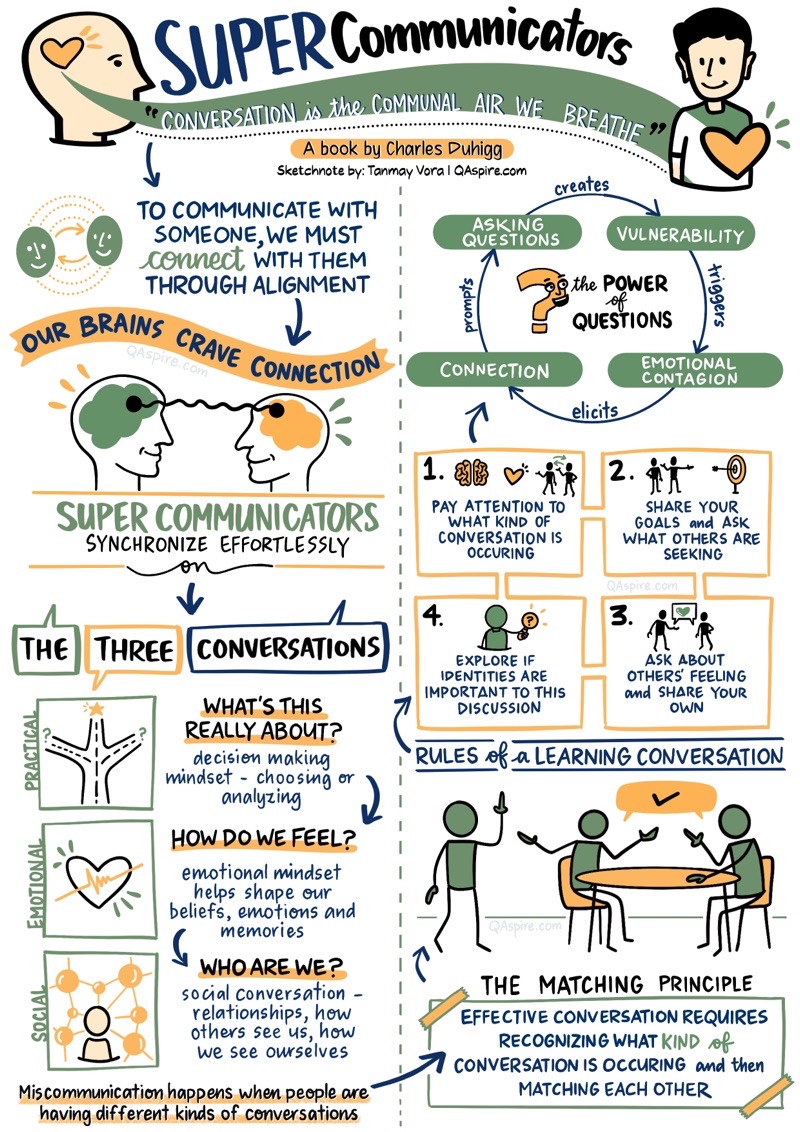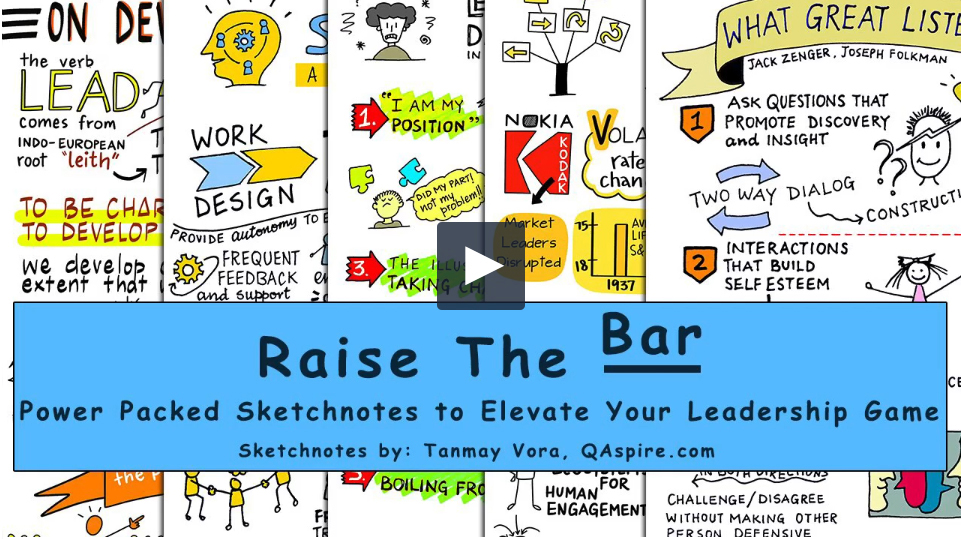Supercommunicators: The Art of a “Learning Conversation”
"Conversation is the communal air we breathe" - Charles Duhigg's new book explores the art and science of connecting with others to forge a common ground. Read on!
Tanmay Vora
Communication is not an exchange of words but transfer of energy. The prerequisite for this is truly connecting with the other person so that a meaningful conversation can happen.
I picked up Charles Duhigg’s new book “Supercommunicators – How to Unlock the Secret Language of Connection” and read it with great interest. It is a fantastic book that offers anecdotes and tactics on establishing connection. The book delves into what makes conversations work and how we can all become better communicators in our professional and personal lives.
Supercommunication is about synchronization and alignment with the other person at the level of intent, content and emotions.
Here are 4 Big Ideas from the book:
1) All conversations fall in one of the three types: Conversations can be analytical (What’s this really all about?), emotional (How do we feel?) or identity based (Who are we?). Miscommunication happens when people are having different kinds of conversations. In my own experience, I have seen team leaders getting to tasks (analytical) where as team needs a discussion on “How do we feel?” (emotional).
2) The Matching Principle: Effective communication requires recognizing what kind of conversation is occurring, and then matching each other. Synchronization with others is also about listening carefully to what’s said and unsaid, asking right questions, assessing feelings of others (and matching it) and making our own feelings easier to perceive.
3) 4 Rules of a Learning Conversation: When you try to turn any conversation into a “learning conversation”, you will get better at assessing the type of conversation happening and matching your own communication with that. The 4 Rules are:
- Pay attention to what kind of conversation is happening
- Share your goals, and ask others for theirs
- Ask others about their feelings, and share your own.
- Consider if identities might be important to this discussion
4) The power of questions: Duhigg offers a cyclic model where asking right questions creates vulnerability which triggers emotional contagion leading to connection. Questions about facts often lead to conversational dead end. To draw out experiences, values or vulnerability, we need to ask open ended questions. Questions like “What is it that you dream of doing and why?” can bring out so much more nuance and emotion than asking “Where do you live?”.
There’s a lot more packed in the book, which I highly recommend to anyone trying to improve their ability to truly connect with others.
Here is a #sketchnote summary of my key learning from the book.

A Question to Charles Duhigg
I had a wonderful opportunity to ask a question to Charles Duhigg on This Working Life on ABC Radio National. My question was about building the bridge of connection with someone who is not intentionally aligned to the purpose of team or organization. That’s always tricky, but Charles offered excellent insights on how to connect in such situations. Thanks to Lisa Leong for the opportunity to interact with Charles.
You can listen to the episode here.
Updated: Visual Leadership Pack HD Sketchnotes
If you liked the sketchnote summary above, check out the Visual Leadership Pack of HD Sketchnotes – a compilation of high-resolution sketchnotes with 88+ powerful (and timeless) ideas to elevate your leadership and learning game.
